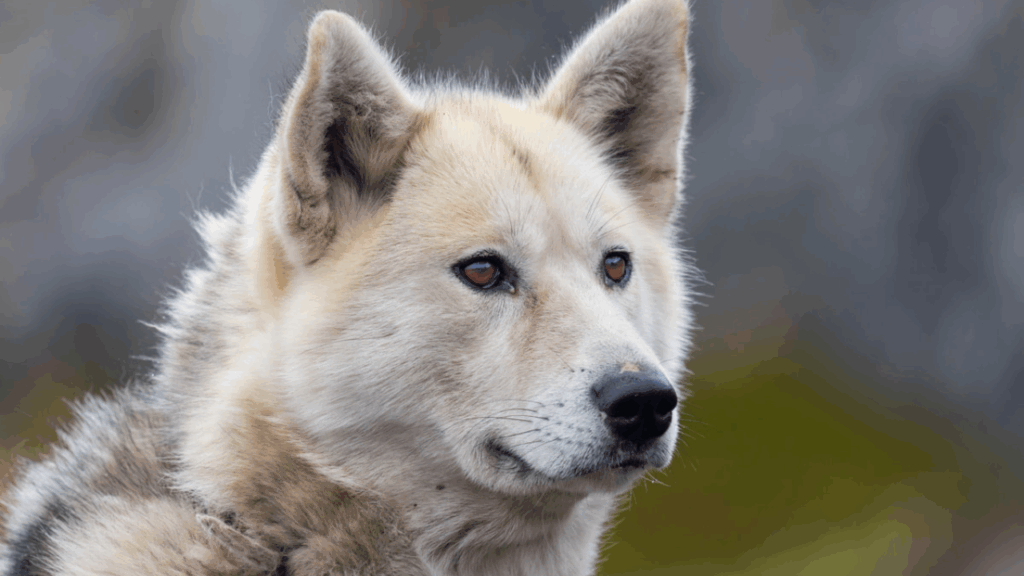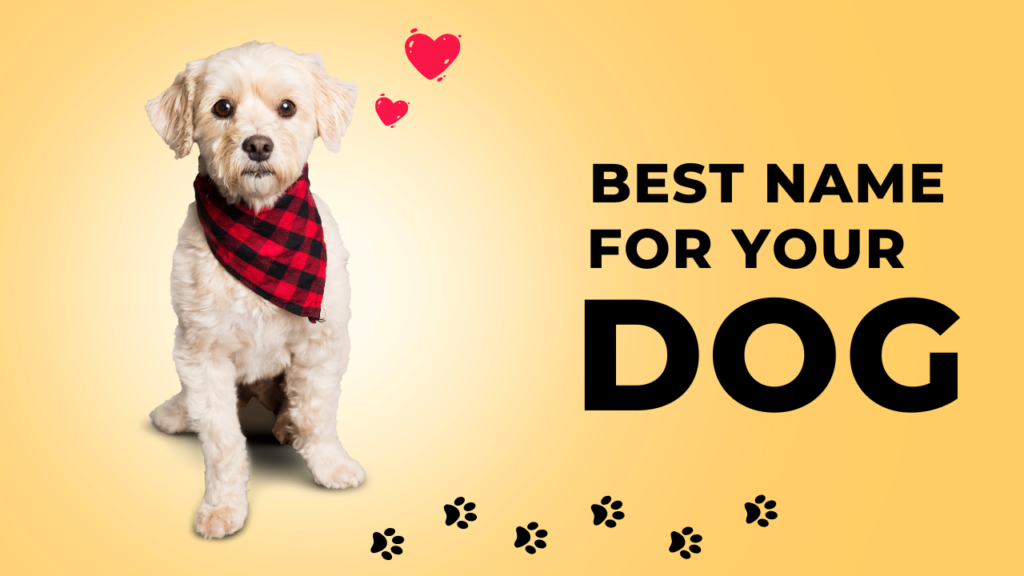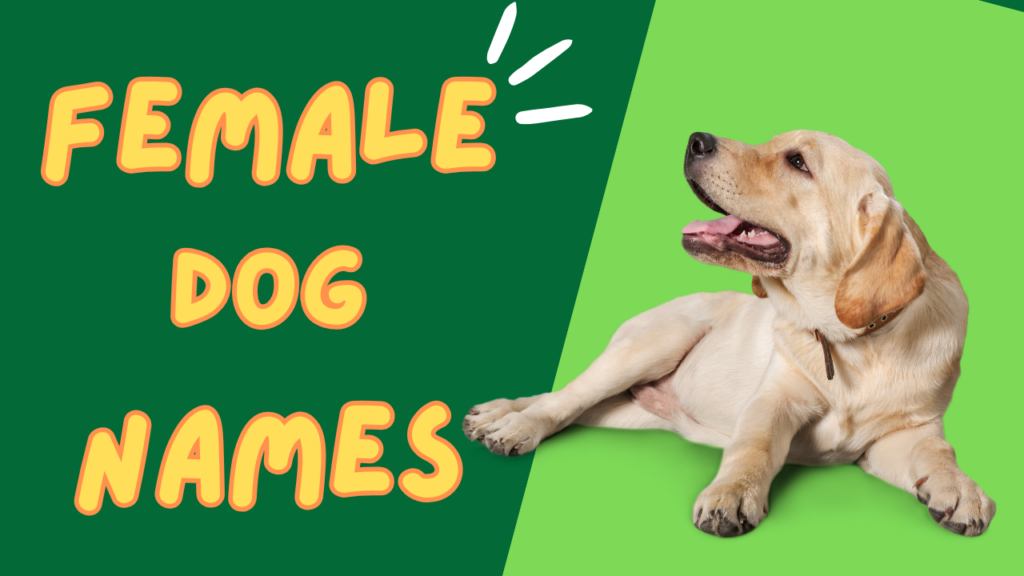The Greenland Dog, one of the oldest and most resilient sled dog breeds in the world, is a true symbol of strength, endurance, and loyalty. Bred for centuries by the Inuit people of Greenland, this majestic working dog is built to survive and thrive in some of the harshest climates on Earth. Known for its wolf-like appearance, unbreakable spirit, and deep bond with humans, the Greenland Dog remains a treasured cultural icon and a loyal companion to those who understand and respect its nature.
Origins and History
The Greenland Dog has a rich history dating back over 4,000 years. It is believed to have descended from dogs brought to the Arctic regions by the Thule people, ancestors of modern Inuit communities. These dogs were essential to survival in the Arctic, used for pulling heavy sleds, hunting polar bears and seals, and acting as loyal guards and companions.
Despite its historical significance, the breed is relatively rare outside of Greenland. In fact, the Government of Greenland protects the breed through regulations that restrict the import of other dog breeds into certain regions of the country to preserve the purity of the Greenland Dog.
Closely related to the Canadian Eskimo Dog (Qimmiq) and other Arctic breeds like the Alaskan Malamute and Siberian Husky, the Greenland Dog is one of the few remaining truly primitive breeds, retaining much of its original character and appearance.
Appearance: Rugged and Powerful
The Greenland Dog is a large, muscular, and powerful dog that reflects its Arctic heritage. Males typically stand between 23 to 27 inches tall at the shoulder, while females are slightly smaller. Weight can range from 66 to 100 pounds, depending on the dog’s build and activity level.
This breed has a dense double coat designed for insulation and protection from the cold. The outer coat is coarse and straight, while the undercoat is thick and woolly. Coat colors vary and include:
- White
- Black
- Brown
- Grey
- Red
- Combinations or patterns of these
The head is broad and wedge-shaped, with small, triangular ears that stand erect. Their almond-shaped eyes are typically dark and exude intelligence and alertness. Their tails are heavily furred and curl over the back.
Temperament and Personality
Greenland Dogs are strong-willed, independent, and highly intelligent. These traits were necessary for survival in the Arctic, where dogs had to make decisions in dangerous and changing environments. As a result, the Greenland Dog is not a typical pet and requires an owner who can provide firm, confident leadership.
Though not bred for cuddling or indoor lounging, they are deeply loyal to their families and can be affectionate and devoted companions when properly trained and socialized. They are pack-oriented and thrive in structured environments where boundaries are clearly defined.
Their high energy levels and independent streak mean they are not suitable for first-time dog owners or those looking for a laid-back lap dog. However, for active, experienced owners who appreciate working breeds, the Greenland Dog offers unmatched companionship and work ethic.
Training and Exercise
Training a Greenland Dog requires patience, consistency, and positive reinforcement. They are intelligent but can be stubborn and may resist repetitive or forced commands. Early socialization is key, especially if the dog will live in a domestic setting or interact with other animals and children.
Exercise is crucial. Greenland Dogs were bred to pull sleds across vast distances in freezing conditions. Without adequate physical and mental stimulation, they may become bored, restless, and destructive. Ideal activities include:
- Sledding or cart pulling
- Hiking and backpacking
- Agility or canicross
- Long daily walks or runs in secure areas
Because of their strong prey drive, they should always be supervised around smaller animals, and off-leash activities should be limited to fenced-in spaces.
Grooming and Care
Despite their thick coats, Greenland Dogs are relatively easy to groom. Weekly brushing helps remove dead hair and reduce shedding, but during the shedding seasons (spring and autumn), more frequent grooming may be needed.
Other basic care includes:
- Regular nail trimming
- Ear cleaning
- Dental hygiene
They are hardy and generally healthy, having been bred with function and endurance in mind. However, like all breeds, they may be susceptible to some conditions, including:
- Hip dysplasia
- Eye problems
- Bloat (gastric torsion)
Regular veterinary checkups and a proper diet help maintain their overall well-being.
Is the Greenland Dog Right for You?
The Greenland Dog is not a breed for everyone, but it is deeply rewarding for those who can meet its needs. It thrives in:
- Cold climates
- Active households
- Rural or semi-rural areas
- Working or sport-dog environments
They are less suited to apartment living, warm climates, or sedentary lifestyles. Owners must be prepared for the commitment of exercise, training, and time that this ancient and noble breed requires.
Conclusion
The Greenland Dog is a testament to resilience, strength, and unwavering loyalty. Rooted in Arctic history, this powerful working breed remains a symbol of survival and partnership between humans and animals. For those who are up to the challenge, the Greenland Dog offers not just companionship but a deep connection to one of the oldest canine traditions in the world.



